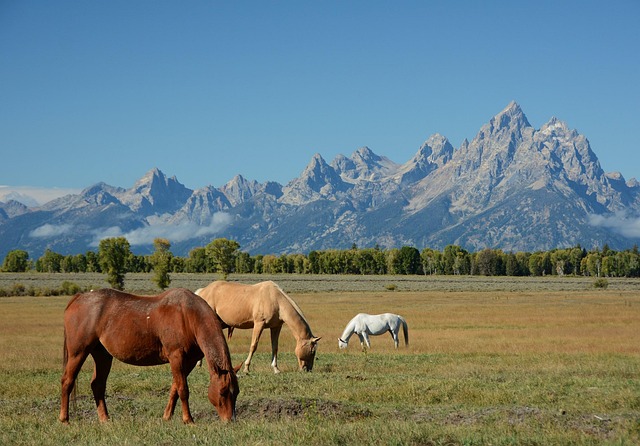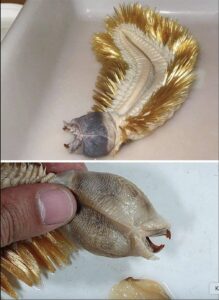Grand Teton National Park in northwestern Wyoming feels like the classic American West made real: sharp, dramatic mountains; mirror-still lakes; elk bugling in the cold air; and a wide, golden valley called Jackson Hole spread out below it all.
It’s not the biggest park in the U.S., but it might be one of the most dramatic—the Teton Range seems to rocket straight out of the valley floor with almost no gentle foothills in between. Wikipedia+1
Where Is Grand Teton National Park?
Grand Teton National Park sits just south of Yellowstone in northwest Wyoming, protecting most of the Teton Range plus a big chunk of the Jackson Hole valley along the Snake River. Wikipedia+1
The park’s elevation runs from about 6,320 feet (1,925 m) on the valley floor up to 13,770 feet (4,198 m) at the summit of Grand Teton, the highest peak in the range. Wikipedia+2National Park Service+2
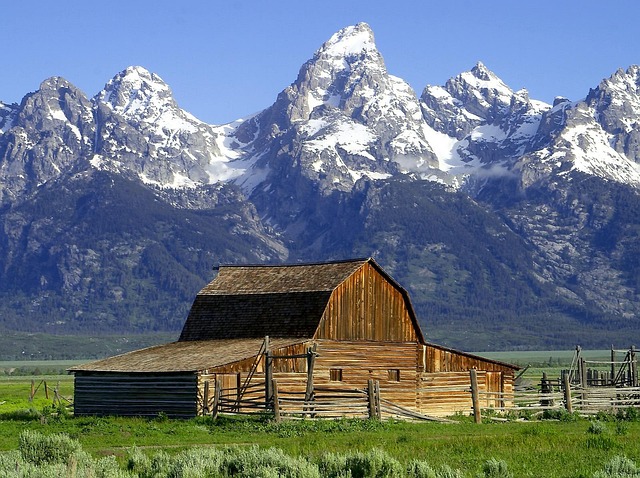
A Quick History of a Wild Place
-
The area has been home to Indigenous peoples for more than 11,000 years, long before it became a park. National Park Service
-
Grand Teton National Park was first established in 1929 to protect the spectacular mountains and some nearby lakes. Natural Habitat Adventures
-
In 1950, the park expanded to include much of Jackson Hole, tying together mountains, forests, rivers, and ranch lands into one protected landscape. Wikipedia+1
Today, it’s one of the crown jewels of the U.S. national park system—often visited together with Yellowstone on the same trip.
Why the Tetons Look So Dramatic
The Teton Range is young in geologic time and still sharply carved by ice and weather, which is why the peaks look so jagged and steep. Many summits rise above 12,000 feet, and Grand Teton itself towers more than 7,000 feet above the Jackson Hole valley. Encyclopedia Britannica+1
No long, gentle foothills—just flat valley, then BAM: walls of rock. Glaciers gouged out deep canyons and left behind a chain of lakes at the base of the mountains, creating that famous “mountains reflected in water” view you see in photos. National Park Service+1
Lakes, Rivers, and Wildlife
Grand Teton is full of crystal-clear lakes and cold, fast rivers:
-
Jackson Lake – a huge, glacier-fed lake with boating, fishing, and classic Teton views. Encyclopedia Britannica+1
-
Jenny Lake – one of the most popular spots in the park, ringed by hiking trails and boat shuttles that take you closer to the high peaks. Encyclopedia Britannica+1
-
The Snake River – winds through Jackson Hole, reflecting the Tetons and providing habitat for fish, birds, and river otters. Wikipedia
The park is also a dream for wildlife lovers. Depending on the season, you might see:
-
Moose browsing in willows near rivers and ponds
-
Elk migrating through the valley in big herds
-
Bison, pronghorn, mule deer, and occasionally black bears or grizzly bears in suitable habitat National Park Service+1
This is true wild country, so visitors are reminded to keep their distance and carry bear spray on many trails.
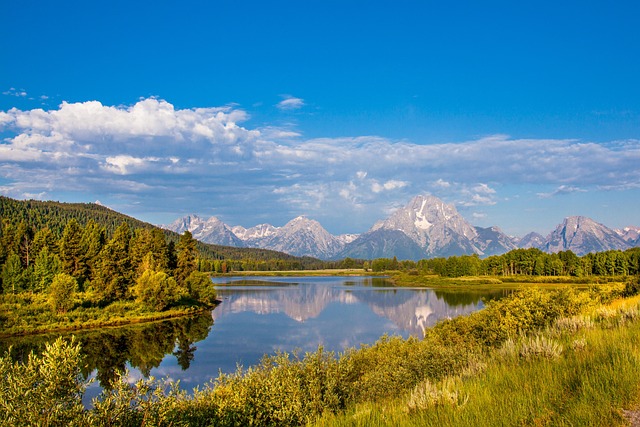
Things to Do in Grand Teton National Park
1. Hiking and Scenic Drives
Grand Teton is famous for its over 235 miles of hiking trails, from easy lakeside walks to challenging backcountry routes: Encyclopedia Britannica+1
-
Short, family-friendly walks around Jenny Lake or String Lake
-
Day hikes into canyons like Cascade Canyon or Death Canyon
-
Multi-day backpacking trips along the Teton Crest Trail for experienced hikers
If you’re not into big hikes, no problem—Teton Park Road and other scenic drives offer amazing roadside viewpoints like Oxbow Bend and Snake River Overlook, made famous by classic landscape photos. National Park Service+1
2. Boating, Kayaking, and Floating
Warm-weather visitors can:
-
Rent kayaks, canoes, or motorboats on Jackson or Jenny Lake
-
Take a scenic float trip down the Snake River for relaxed wildlife viewing and photo-worthy mountain views Jackson Hole+1
3. Climbing and Mountaineering
For climbers, Grand Teton itself is a legendary objective, with famous routes like the Owen–Spalding and Exum Ridge. Guided climbs are available for those with the fitness but not the technical experience. Wikipedia+1
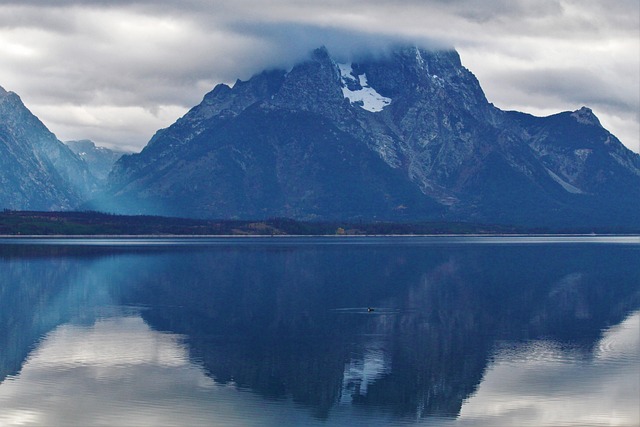
Best Time to Visit
You can visit all year, but each season is very different:
-
Summer (June–August):
Warm days, wildflowers, open facilities, and easy access to trails and lakes. This is the busiest and most popular time to visit. Daytrip Nomad+1 -
Fall (September–early October):
Cooler air, golden aspen trees, and elk calling in the distance. Many people love late September for peak fall color in the Tetons. seekingthenow.com+1 -
Spring & Winter:
Spring brings wildlife activity and lingering snow; winter turns the region into a snowy wonderland, with nearby Jackson Hole famous for skiing and snowboarding. Roads and services are more limited inside the park in winter. Wikipedia+1
Why Grand Teton Stays in Your Memory
Some parks are gentle and peaceful; Grand Teton is peaceful and powerful. The mountains rise so suddenly, the weather changes so quickly, and the wildlife feels so close that you’re constantly aware you’re in a true wilderness.
Sunrise paints the jagged peaks pink and orange. By midday, the lakes become blue mirrors. At night, the stars feel almost as sharp as the mountains themselves.
Whether you come to drive the scenic roads, paddle across a still lake, hike into a canyon, or simply sit and stare at those impossibly steep peaks, Grand Teton National Park has a way of grabbing hold of your imagination and not letting go.
